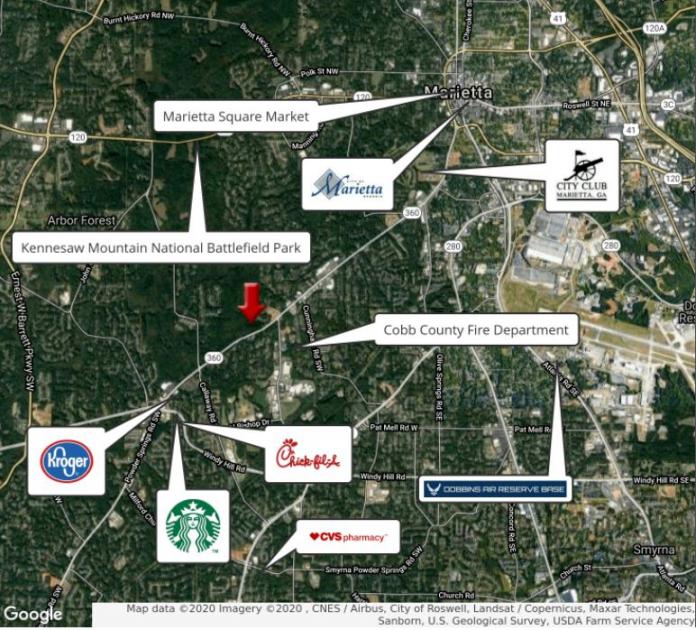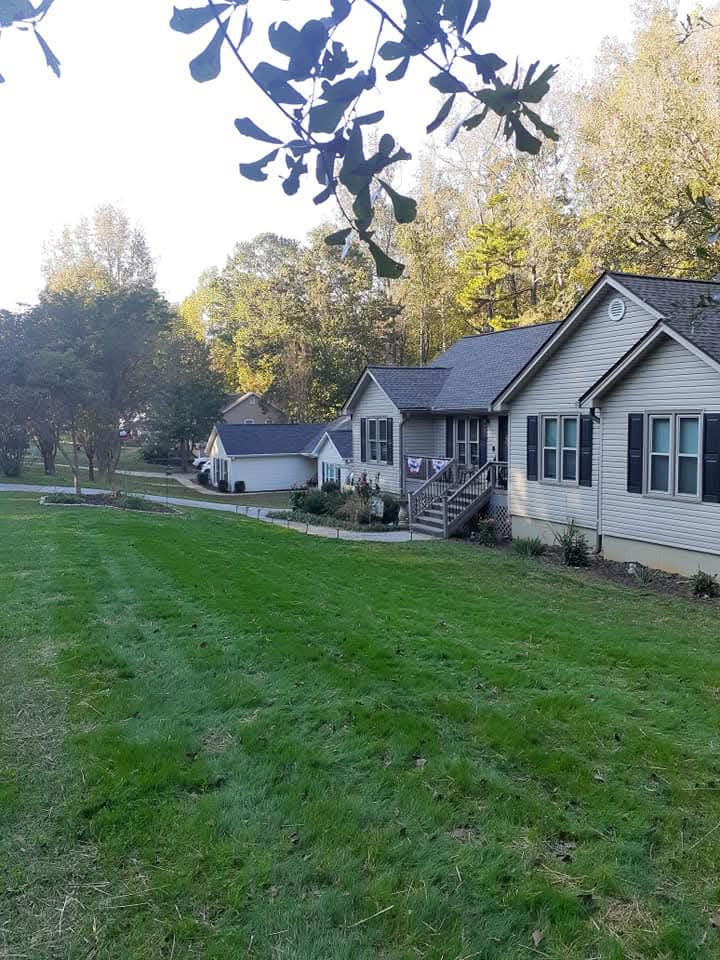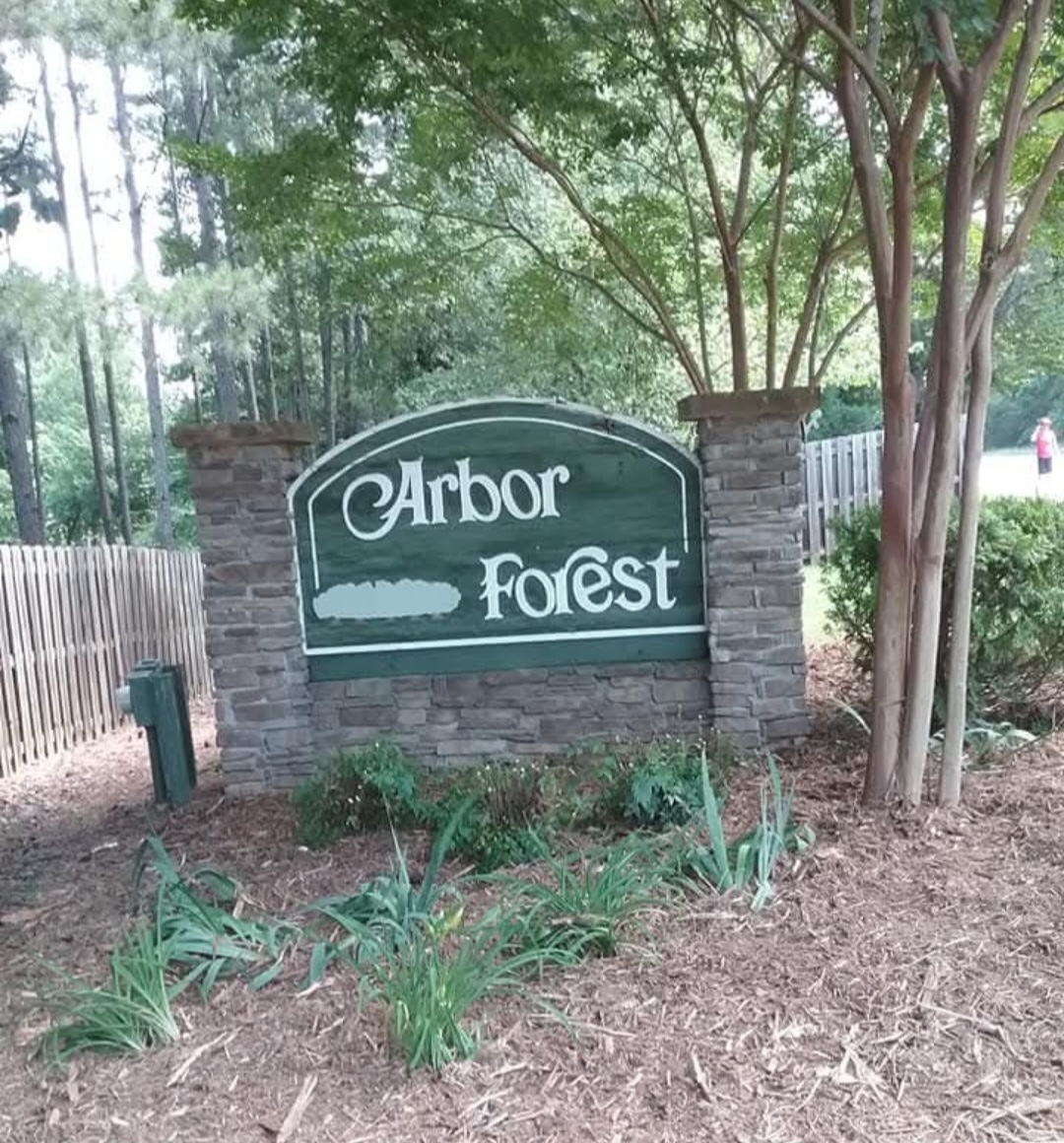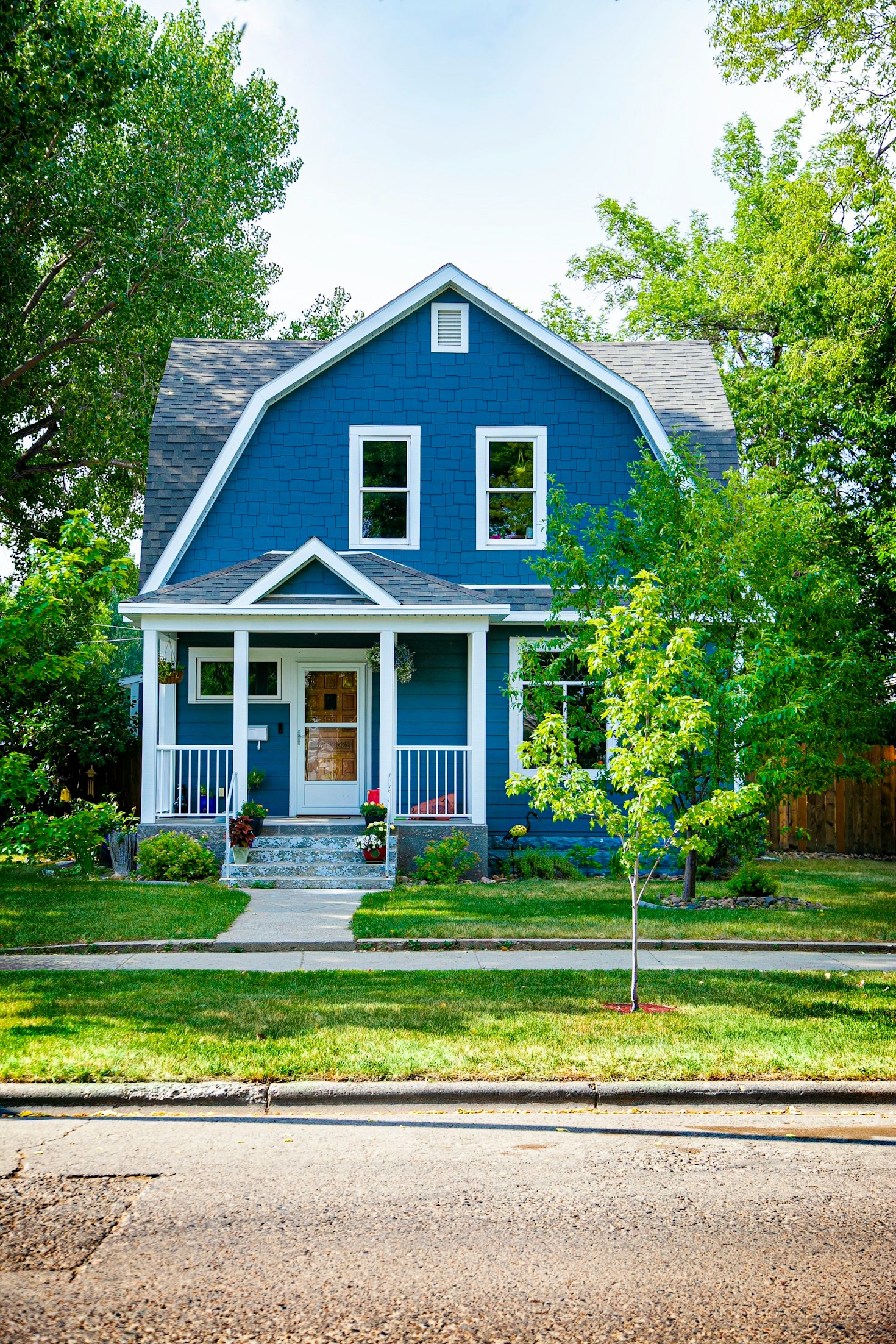Effectively utilizing community resources is key to maintaining a thriving and well-managed neighborhood. Homeowners associations (HOAs) can maximize these resources by prioritizing budgeting, strategic planning, and resident involvement. Whether it’s maintaining shared amenities, organizing events, or funding improvement projects, careful allocation of financial and volunteer resources ensures long-term sustainability. By fostering partnerships, encouraging community participation, and making data-driven decisions, HOAs can enhance the quality of life for residents while keeping costs manageable.
“A strong community is built on shared resources, mutual respect, and collective effort.” — Unknown
Prioritizing the budget, strategic planning, and resident involvement is essential for effectively managing community resources and ensuring long-term sustainability. A well-structured budget allows the HOA to allocate funds efficiently for maintenance, amenities, and future projects while preventing financial shortfalls. Strategic planning helps set clear goals, ensuring that resources are used wisely to meet both immediate and long-term community needs. Resident involvement is equally important, as homeowners bring valuable insights, skills, and volunteer efforts that can enhance projects and reduce costs. By fostering transparency in financial decisions and encouraging active participation, the HOA can create a more efficient, well-maintained, and engaged community.


Maintaining shared amenities, planning community events, and funding improvement projects are vital to fostering a vibrant and well-functioning neighborhood. Well-kept amenities such as parks, pools, and clubhouses enhance property values and improve residents’ quality of life. Regular maintenance and timely repairs prevent costly issues and ensure these spaces remain safe and enjoyable for everyone. Community events, such as holiday gatherings or volunteer clean-up days, strengthen neighborhood bonds and encourage homeowner engagement. Additionally, investing in improvement projects—whether upgrading landscaping, enhancing security, or modernizing facilities—keeps the community attractive and competitive. By carefully allocating resources to these areas, the HOA can create a thriving, well-connected, and desirable place to live.
Wrapping Up with Key Insights
Effectively managing community resources requires a balanced approach that prioritizes budgeting, planning, and resident involvement. By maintaining shared amenities, organizing community events, and funding improvement projects, the HOA enhances both property values and residents’ quality of life. Transparency in financial decisions, strategic long-term planning, and active homeowner participation ensure that resources are used wisely and sustainably. When an HOA fosters collaboration and invests in the community’s well-being, it creates a stronger, more connected, and thriving neighborhood for all residents.


Leave a Reply